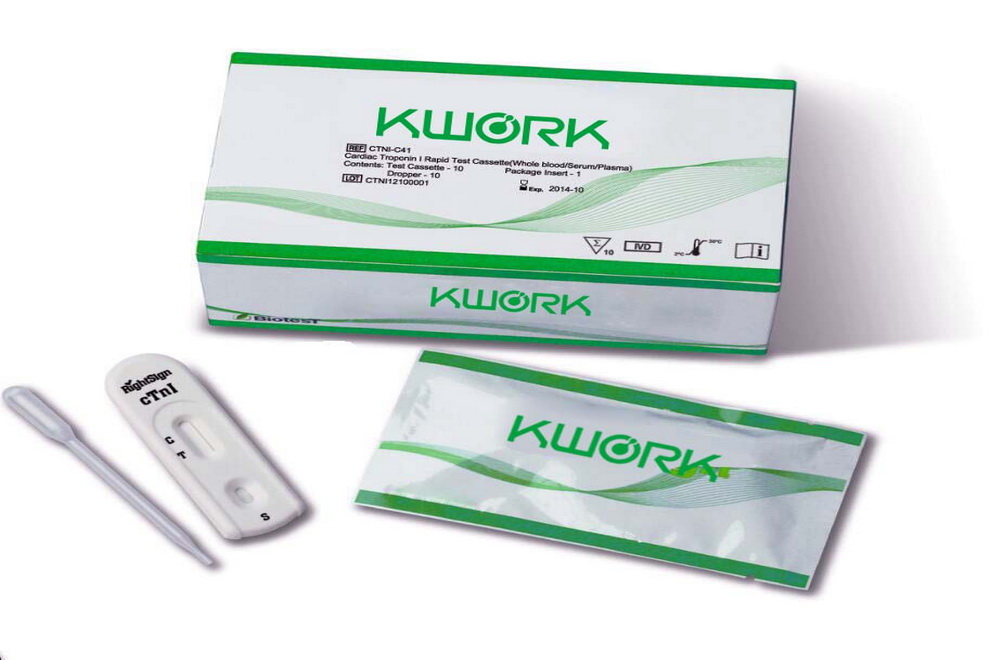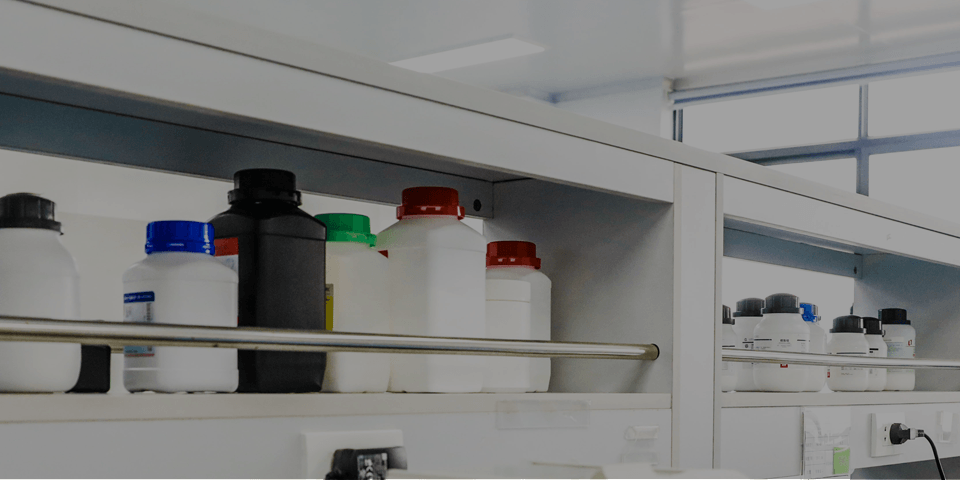
【SUMMARY】
H.pylori is a small, spiral-shaped bacterium that lives in the surface of the
stomach and duodenum. It is implicated in the etiology of a variety of
gastrointestinal diseases, including duodenal and gastric ulcer, non-ulcer
dyspepsia and active and chronic gastritis. Both invasive and non-invasive
methods are used to diagnose H.pylori infection in patients with symptoms of
gastrointestinal disease. Specimen-dependent and costly invasive diagnostic
methods include gastric or duodenal biopsy followed by urease testing
(presumptive), culture, and/or histologic staining. A very common approach to
the diagnosis of H.pylori infection is the serological identification of
specific antibodies in infected patients. The main limitation of serology test
is the inability to distinguish current and past infections. Antibody may be
present in the patient’s serum long after eradication of the organisms. HpSA
(H. pylori Stool Antigen) testing is gaining popularity for diagnosis of H.
pylori infection and also for monitoring the efficacy of the treatment of H.
pylori infection. Studies have found that more than 90% of patients with
duodenal ulcer and 80% of patients with gastric ulcer are infected with
H.pylori.
The H.pylori Antigen Rapid Test Cassette (Feces) is a rapid chromatographic
immunoassay for the qualitative detection of H.pylori antigens in human feces
specimens, providing results in 10 minutes. The test utilizes antibodies
specific for H. pylori antigens to selectively detect H.pylori antigens in
human feces specimens.
【DIRECTIONS
FOR USE】
Before performing the test, stool samples must be collected following the
instruction below.
1. Wash your hands with soap and rinse with clear water.
2. To collect fecal specimens:
The stool specimen should be collected in the stool collection paper or clean
collection containers.
Please use the stool collection paper, avoiding contamination of the specimen
by taking precautions that the specimen or side of paper containing specimen
does not come in contact with any contaminating objects including toilet
cleaners.
3. To process fecal specimens:
Unscrew the cap of the specimen collection tube,then randomly stab the specimen
collection applicator into the fecal specimen in at least 3 different sites. Do
not scoop the fecal specimen.
Screw on and tighten the cap onto the specimen collection tube, then shake the
specimen collection tube vigorously to mix the specimen and the extraction
buffer.
4. Bring the pouch to room temperature before opening it. Remove the test
cassette from the foil pouch and use it as soon as possible. Best results will
be obtained if the test is performed immediately after opening the foil
pouch.
5. Open the cap of the specimen collection tube and break the tip. Invert the
specimen collection tube and transfer 2 full drops of the extracted specimen to
the specimen well (S) of the test cassette, then start the timer. Avoid
trapping air bubbles in the specimen well (S).
6. Read results at 10 minutes. Do not read results after 20 minutes.




